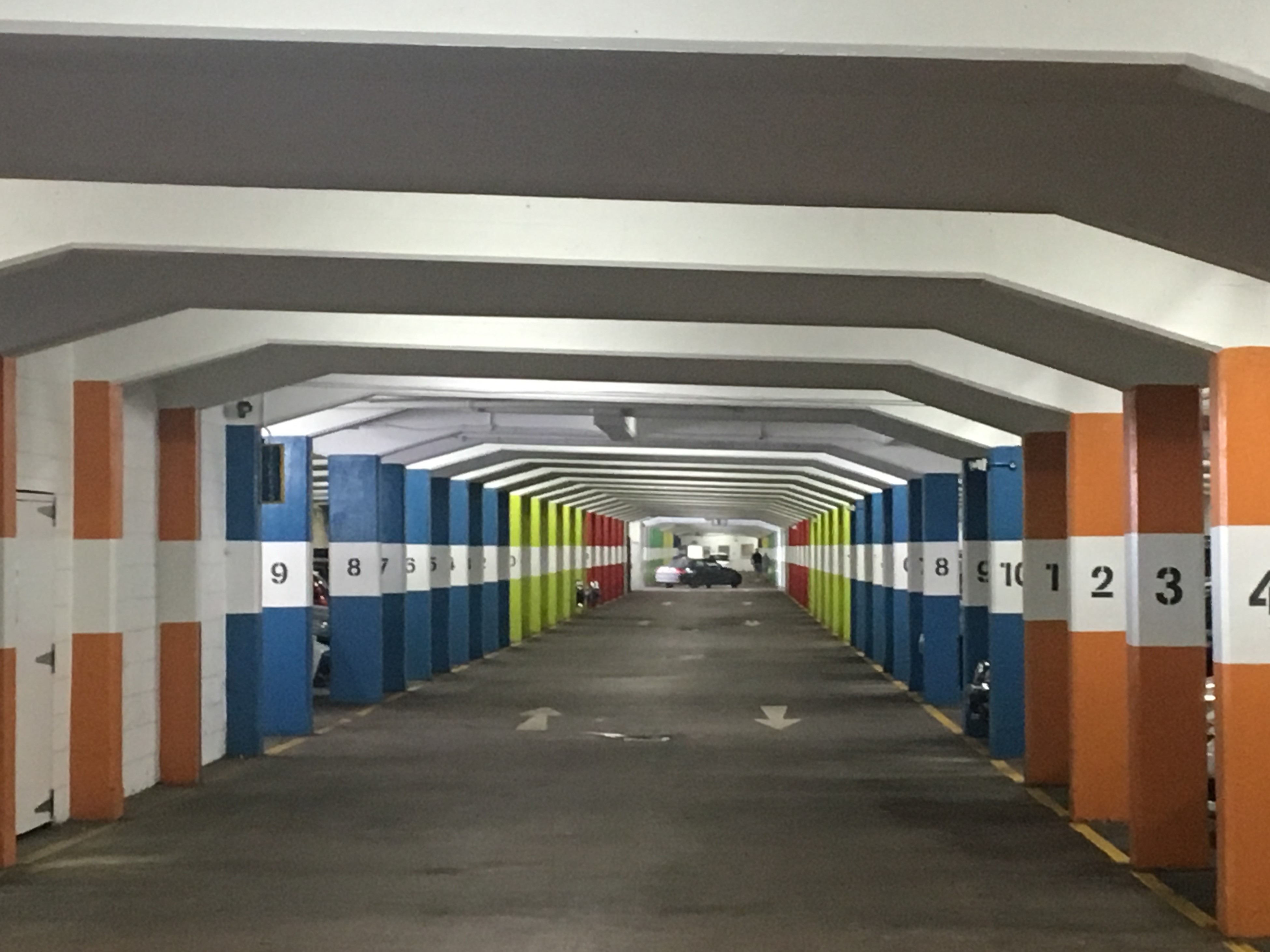
As part of our occasional art and architecture appreciation series, ODO has put together a short walk along the seafront at Hastings to highlight the remarkable legacy of the town’s Concrete King, Sidney Little.
Many of Little’s most important works and influences can be seen on the route, starting and finishing in the country’s first underground car park and taking in the famous Bottle Alley promenade; Britain’s biggest underground BMX and skateboard park; the art-deco masterpiece Marine Court; and the various modernist concrete shelters along the seafront.
A Little name with a big impact
Few people have left their mark on a town as profoundly as Little has on the East Sussex seaside-resort of Hastings. Appointed the town’s Borough and Water Engineer in 1926, he helped shape Hastings for 34 years. It was Little’s expertise and enthusiasm for reinforced concrete that earned him the nickname “The Concrete King” and it was with this material that he left his mark on Hastings, much of which can still be seen today.
In the early 1920s, Hastings was in desperate need of renewal. It had fallen behind other south-coast resorts like Brighton and Hove, Bexhill and Eastbourne. Its seafront – known as the ‘front line’ – had become dilapidated to such an extent that newspapers compared it to a war zone.
The water and sewage system was so run down that the streets were flooded even during moderate rainfall. As a consequence, visitor numbers were falling rapidly. This was a double blow for Hastings. Unlike its rivals, it had little industry and consequently little skilled labour, so its economy depended to an alarming degree on tourism.
When the incumbent Borough and Water Engineer was forced to retire due to ill health in 1926, Sidney Little – then aged 41 and working in Ipswich – applied for the post. He was shocked by what he found in Hastings, saying later that it was like seeing “some beauty-queen in decrepitude.” On the day of the interview he walked the streets of Hastings and St Leonards and listed all of the faults he could see. He then explained to his would-be employers the huge scale of the problems they faced and why he was the person to solve them. He got the job.

The Sidney Little Trail
1-2. Britain’s first underground car park
Where better to start our walk than in Sidney Little’s revolutionary and stylish Carlisle Parade car park? Even in the 1930s, parking in Hastings was a problem. Little felt that cars parking on the seafront gave the area a cluttered look. His solution was to include an underground car park as part of his works on the ‘front line.’ Opening in 1931, the car park was the first of its kind in the country. At more than 350m long, it could take 500 vehicles and is still in use today. Sadly, as car ownership increased exponentially after the second world war, Little’s vision of a car-free seafront proved unsustainable.
Above the car park at ground level are sunken gardens and concrete shelters (2). Ingeniously, the shelters face in all four directions, guaranteeing that visitors will always be able to shelter from the elements.
3. Bottle Alley
Cross over the road towards the seafront and walk up to Bottle Alley on the western side of Hastings Pier.
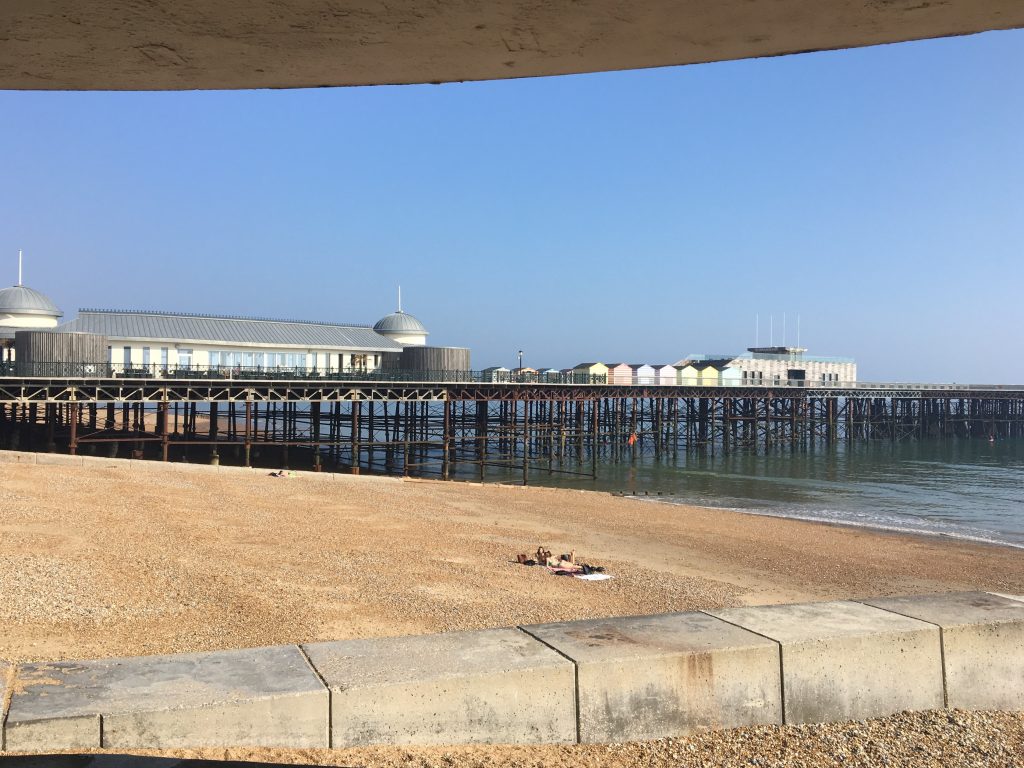
Clearly the main draw for visitors to any seaside resort is the seafront, so a new modern promenade was a priority for Little. The new front had to be driven by pragmatism as well as aesthetics. It had to provide effective sea defences whilst also providing an experience for visitors that would bring them back time and again.
Little’s plans included improved wave breakers and a half-mile concrete double-decked promenade, known as Bottle Alley. This radical construction was an early example of recycling. He reused the cobble stones and rails from the old tramways to reinforce the part of the structure that bore the full force of the sea. The lower deck of the promenade, where visitors could walk even in inclement weather, was decorated with a mosaic of broken glass of many colours. Legend has it that these bottles came from the Council’s refuse tips.
This lower deck also featured glazed screens which could be moved on rails and regular observation towers jutting out from the promenade, affording wonderful views of the beach, the sea and the pier. Although the glazed panels are no longer there, Bottle Alley is still a magical place to visit. Recently refurbished by Hastings Council, the Alley now features a night-time coloured light show.
4. Marine Court
Further along the front from the end of the Bottle Alley, is Marine Court. Although not designed or built by Sidney Little, Marine Court is a truly stunning art-deco masterpiece. I am sure that Little would have been proud to have this building complement his seafront and would have been involved in the planning process to allow the building to go ahead. Building started in 1936 and by the time it was completed in 1938 it was the tallest residential block in the UK.
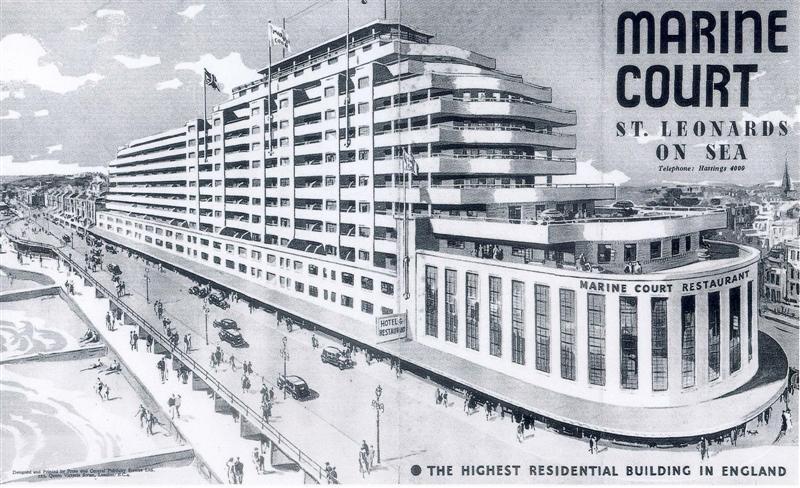
Its architects Kenneth Dalgleish and Roger Pullen were clearly inspired by the recently-commissioned ocean cruiser the Queen Mary, as can be seen by the way its curved end mirrors the design of the bridge of the iconic cruise ship.
When viewed as you approach along the seafront, Marine Court is elegantly tall and slender, but it’s from the beach that you get a real feeling of its size and majesty. It has suffered from neglect for much of its life and its location has left it exposed to wind and rain from across the English Channel. A major refurbishment a few years ago hit the headlines when some residents said they were forced to leave because of sky-rocketing service charges.
5-8. Along the front
Walking back towards the car park on the top deck of Bottle Alley, you will see Little’s expertise in concrete demonstrated in the various shelters he designed along the new seafront (5-8 on our map). Even 80 years after they were built, they still look sharp and modern and help give the front its distinctive look.
9. The Source Park
Also along the seafront is Source Park, the world’s largest subterranean skateboard park. First known as the the White Rock Baths, the building was originally constructed in 1879 but was extensively remodelled in the 1930s. As well as a health spa, it included two swimming pools, saunas, seaweed baths, Turkish Baths and other treatments. The whole facility was underground and was incorporated into Little’s seafront with the addition of an above-ground entrance building inevitably made of reinforced concrete.
As domestic sanitation and bathrooms improved, these sorts of facilities declined in popularity. The baths were eventually closed in 1978. Attempts were made to find a new use for the building including short-term uses as an ice rink and roller-skating venue, but it was eventually closed in 1997.
But in 2016 the building was reopened as the award-winning Source Park – the largest underground skateboard and BMX facility in the world. It is open to all ages with mixed sessions available for everyone. There is also a great café, which is open to anyone, whether you’re skating or not. It has the best seats in the house to watch the BMX riders and skaters show off their skills.
Other Sidney Little Projects
St Leonards Lido
Some of Little’s other projects have not fared so well and are no longer with us. His most striking achievement was the creation of the vast open-air swimming pool at St Leonards. Little was commissioned in 1931 to design and build a new open-air pool after a vociferous local campaign . It will come as no surprise to learn that he chose to construct the pool using reinforced concrete.
The pool opened in June 1933 and was built on a gigantic scale: 90m long and over 27m wide. With its spectacularly curved terracing for spectators on one side and a curved deck for sunbathing on the other, it was a modern take on a gladiators’ arena.
Sadly, the pool did not prove to be a great success. Its gargantuan dimensions made it unsuitable for a relatively small resort like Hastings. After the end of the second world war it was purchased by a holiday camp and was eventually demolished in 1986.
Pebsham Airport
Another project which quite literally failed to get off the ground were plans for a Hastings Airport at nearby Pebsham.
The Council seemed half-hearted about the whole project from the start. The site was clearly too small to be used by the passenger aircraft of the day, and there seemed to be no plans for the sort of infrastructure needed around an airport. Nevertheless, the Council pushed on and the aerodrome was finally opened in 1948. However, the long-promised services to Le Touquet in northern France failed to materialise and the airport was only able to offer pleasure flights over East Sussex. It lasted for just 11 years.
The Darwell and Great Sanders Reservoirs
Perhaps Sidney Little’s greatest achievement for Hastings was not the concrete buildings or the pools or the new seafront, but securing the supply of fresh water and ensuring that the sewage system was able to cope with the demands of modern life.
Throughout his time in Hastings, Little was the Water as well as the Borough Engineer and he took both responsibilities equally seriously. He created reservoirs at Darwell and Great Sanders and built remarkable tunnelled aqueducts up to 200ft underground to ensure that Hastings had access to fresh water.
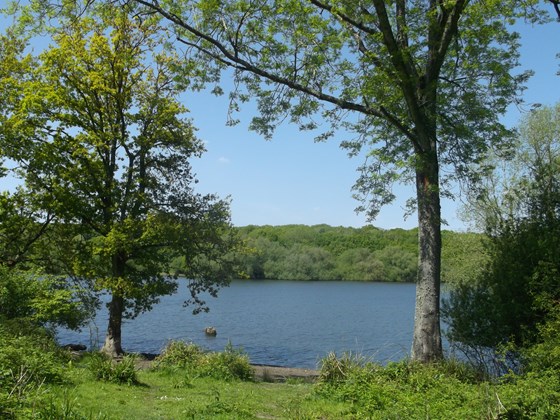
Darwell Reservoir
Mulberry Harbours
Little’s expertise in concrete construction were utilised when he played an important role in helping design and create the Mulberry harbours used on the D Day beaches. They allowed the rapid offloading of cargo onto beaches that were crucial to the success of the Allied invasion of Normandy in June 1944. These vast concrete hulks were towed across the channel and then sunk in place to create instant harbours. It has been calculated that at Gold Beach alone, over 2.5 million men, 500,000 vehicles, and 4 million tons of supplies were landed through the Mulberry Harbour. The Harbours are still visible today from the Normandy coast
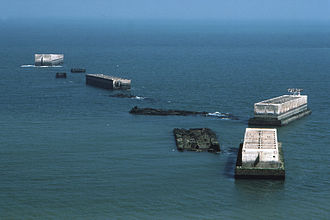
The Mulberry harbours off the Normandy coast today
Little’s Big Legacy
Little died in 1961 aged 76. His legacy however, has outlived him. This walk showcases just some of Little’s work.
Little is not without his critics and some will never warm to his modernist aesthetic. However, thanks in part to the work of organisations like the Twentieth Century Society, many more people are beginning to have a greater appreciation and awareness of the beauty of many buildings of the last century. As a consequence, we are now beginning to take a greater interest in protecting and preserving those buildings that are left.
Concrete has earned itself a bad reputation, partly as a result of some of the excesses of brutalist architecture and poorly designed post-war housing estates. We are also becoming increasingly aware of the harm done to our planet from the high levels of CO2 emitted during the production of concrete. But I do no think that the fault for any of this can reasonably be laid at the feet of Sidney Little.
Like many seaside resorts, Hastings has faced more than its fair share of challenges over the last 70 years. Buildings – never mind how radical and beautiful they may be – will never be enough on their own to tackle generations of inequality and social deprivation.
Yet there does now seem to be a sense of optimism beginning to emerge in the town and I am sure that preserving and honouring its past should be part of any future renewal.
It is impossible to think of what Hastings would look like today without Sidney Little’s input. Personally, I found this walk a fascinating reminder of what one person’s vision and determination can achieve, if given the opportunity.
Getting there
Our suggested walk begins and ends at the Carlisle Parade Car Park, Carlisle Parade, Hastings TN34 1JG.
There are regular trains from London and elsewhere to Hastings Station which is a short walk from the Car Park. There are number of bus routes stopping at Hastings seafront (including the 20, 22, 22A, 23A, 26A, 98 and the 99).
Learning More
The definitive work on Sidney Little is “Hastings, Looking Back to the Future” by local historian Richard Pollard (ISBN 978-0-9569366-0-8). As far as I am aware, the only shop that stocks this book is the Hastings branch of Waterstones.
http://www.seasidehistory.co.uk tells the history of the British seaside holiday and has a page dedicated to Sidney Little.
https://www.hastings.gov.uk/arts_culture/bottle/video/ is a video showing the new coloured-light display in Bottle Alley.
https://www.theargus.co.uk/news/10545726.how-sidney-little-made-his-mark-on-hastings/ An article from the Argus local paper on the impact of Sidney Little on Hastings.
http://www.modernistbritain.co.uk/post/building/Marine+Court/ A fascinating short history of Marine Court.
https://www.sourcebmx.com/ The website for the Source Park Skateboard and BMX park.
https://www.hastingsindependentpress.co.uk/features/the-airport-that-never-took-off/ More of the history of Pebsham airport from the Hastings Independent.
https://c20society.org.uk/ The Twentieth Century Society exists to safeguard the heritage of architecture and design in Britain from 1914 onwards.
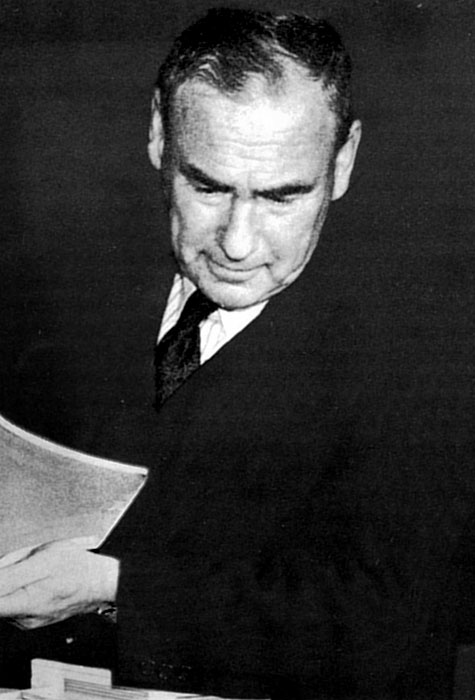
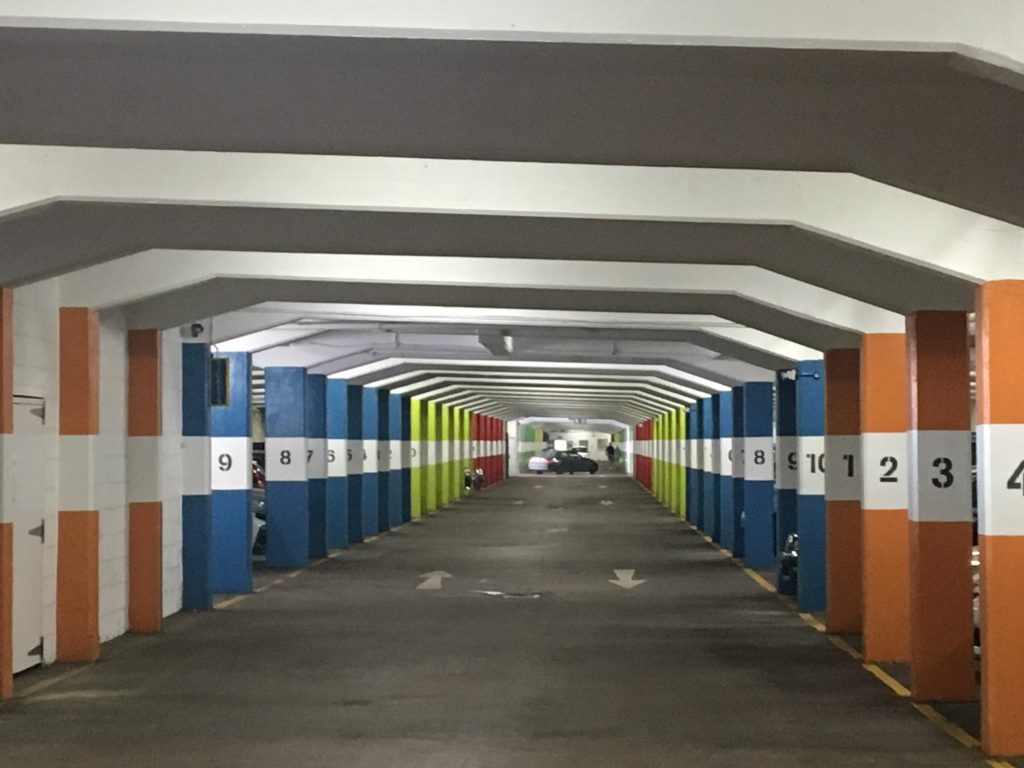
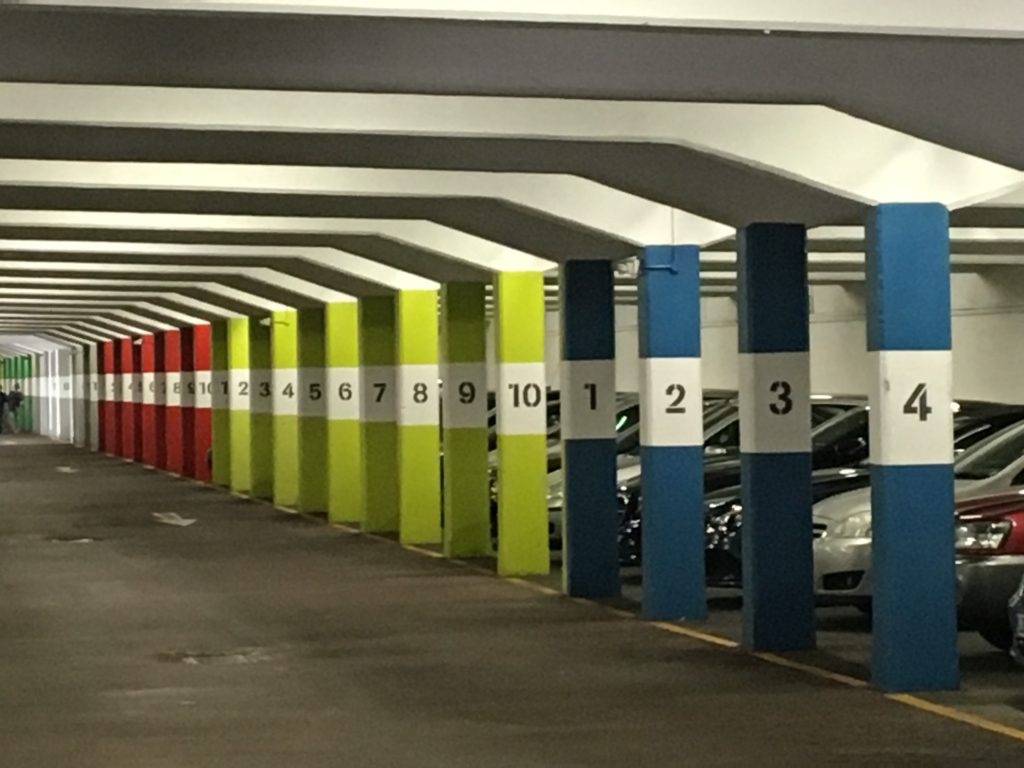
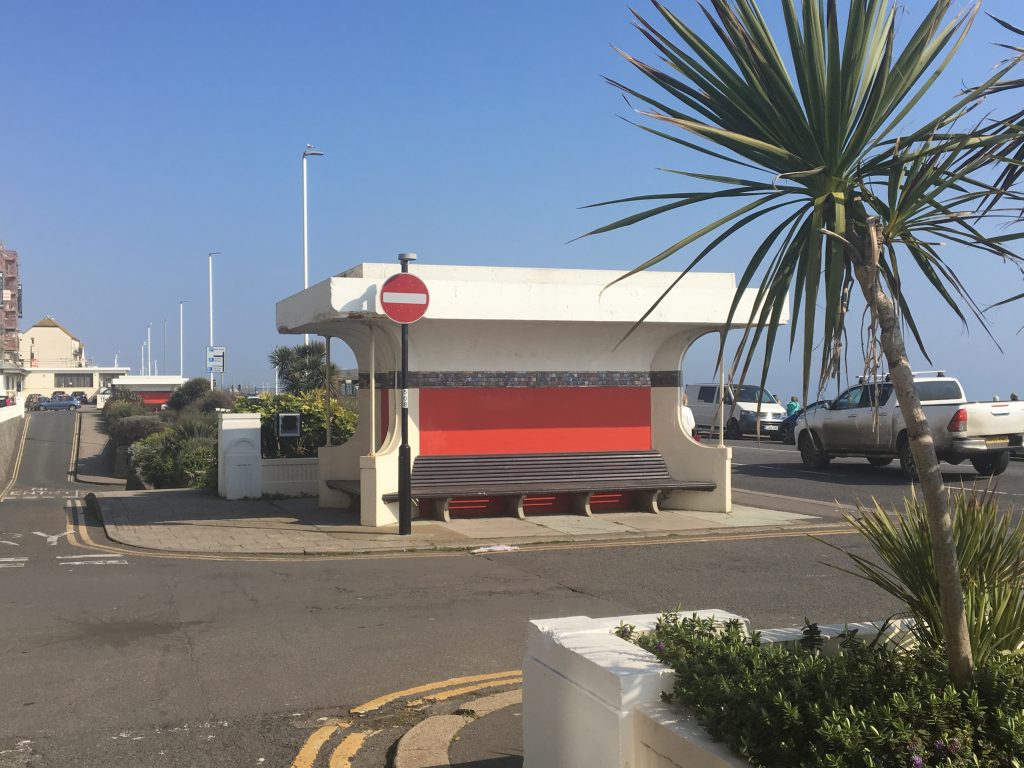
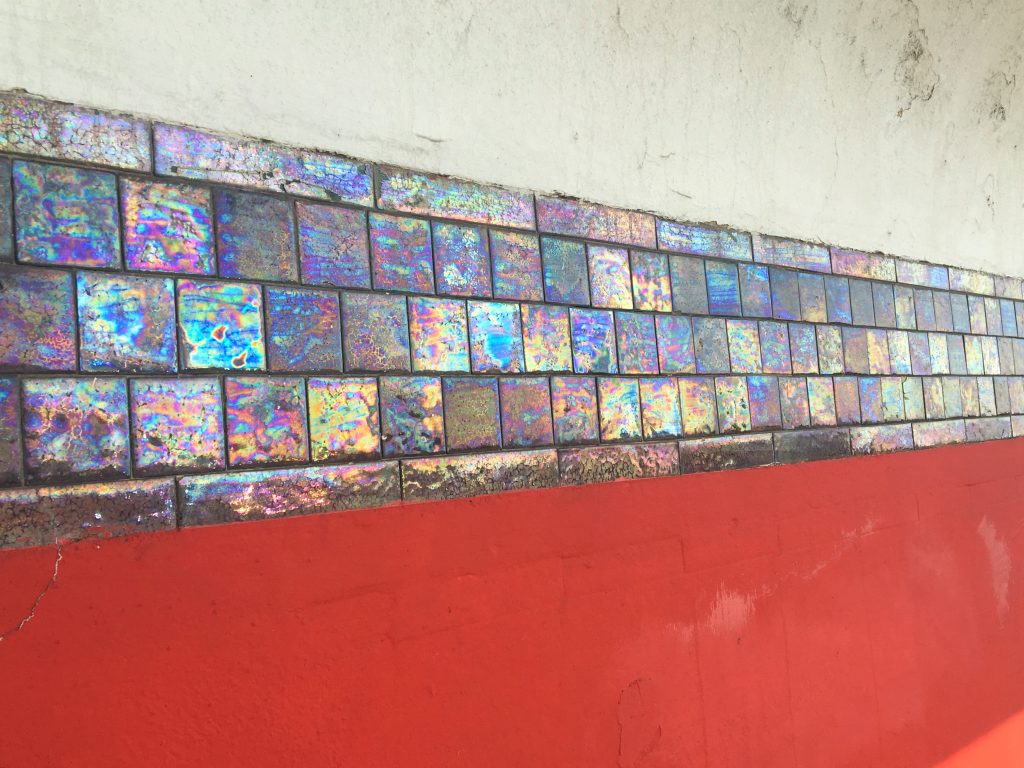
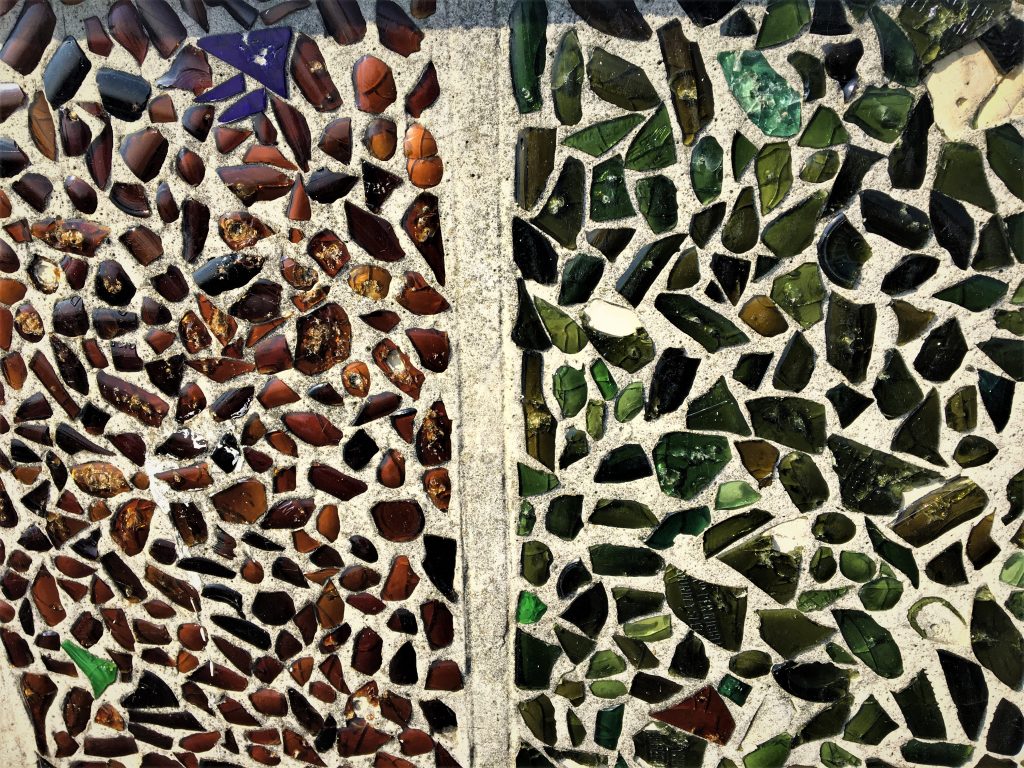
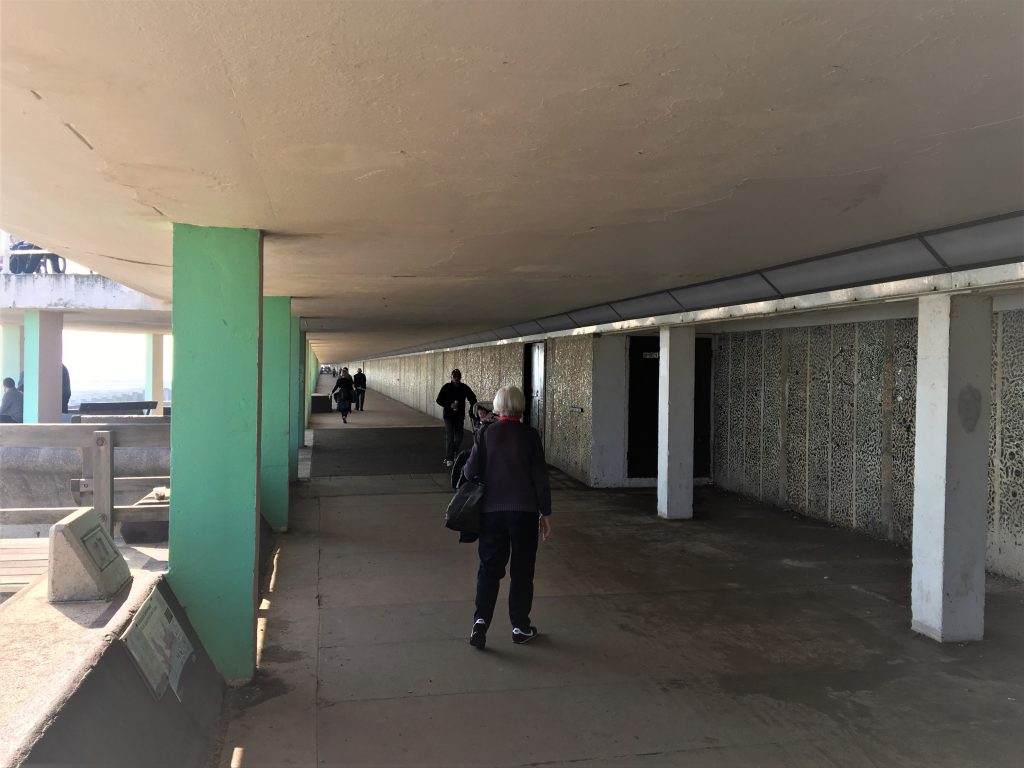


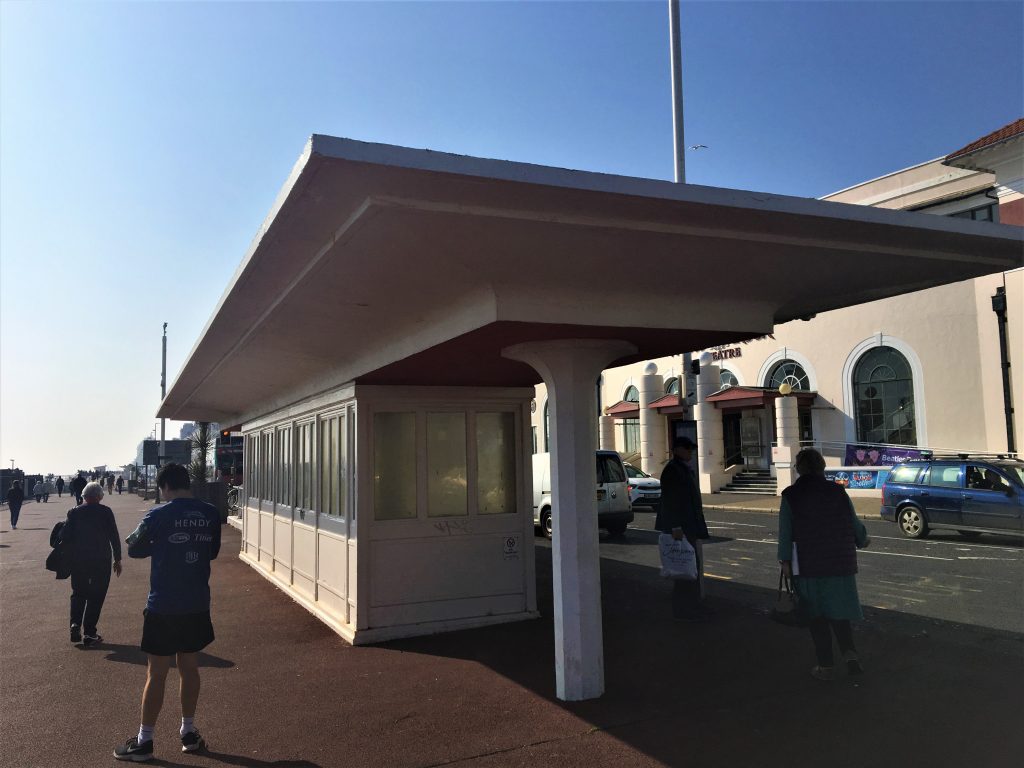
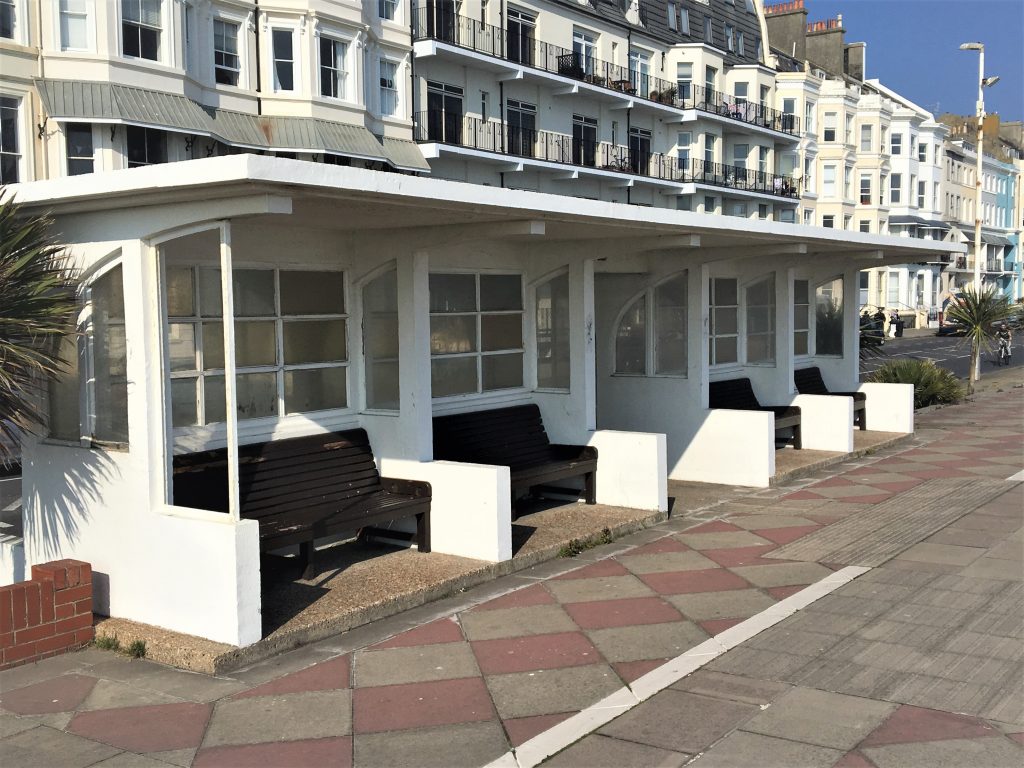
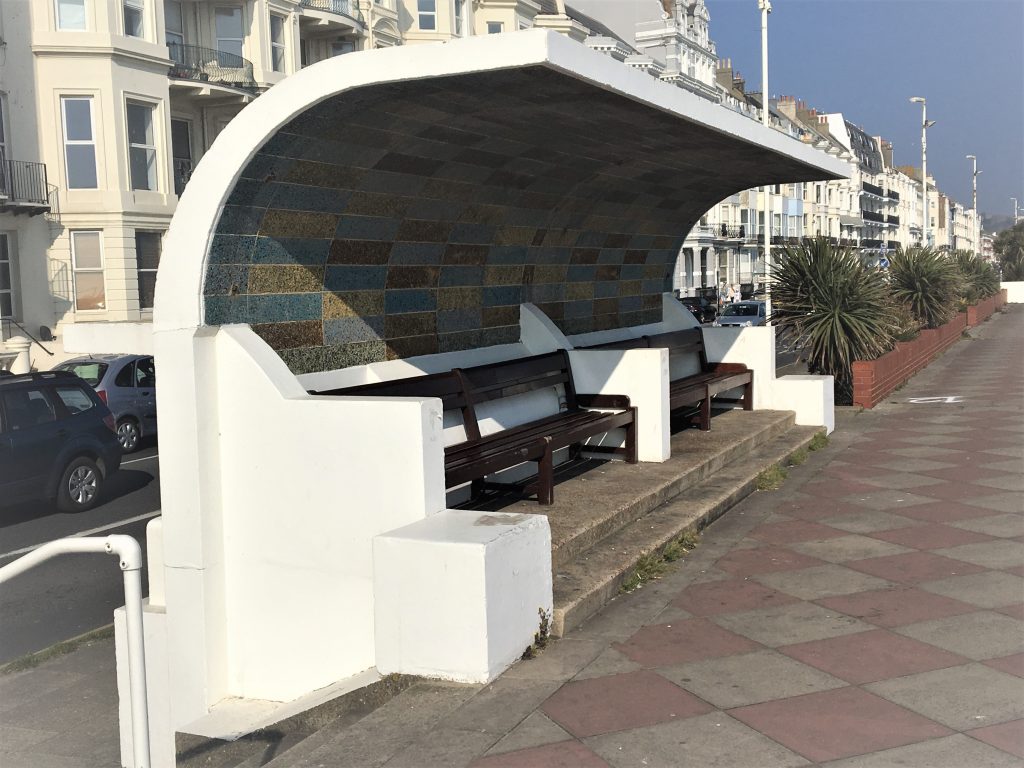

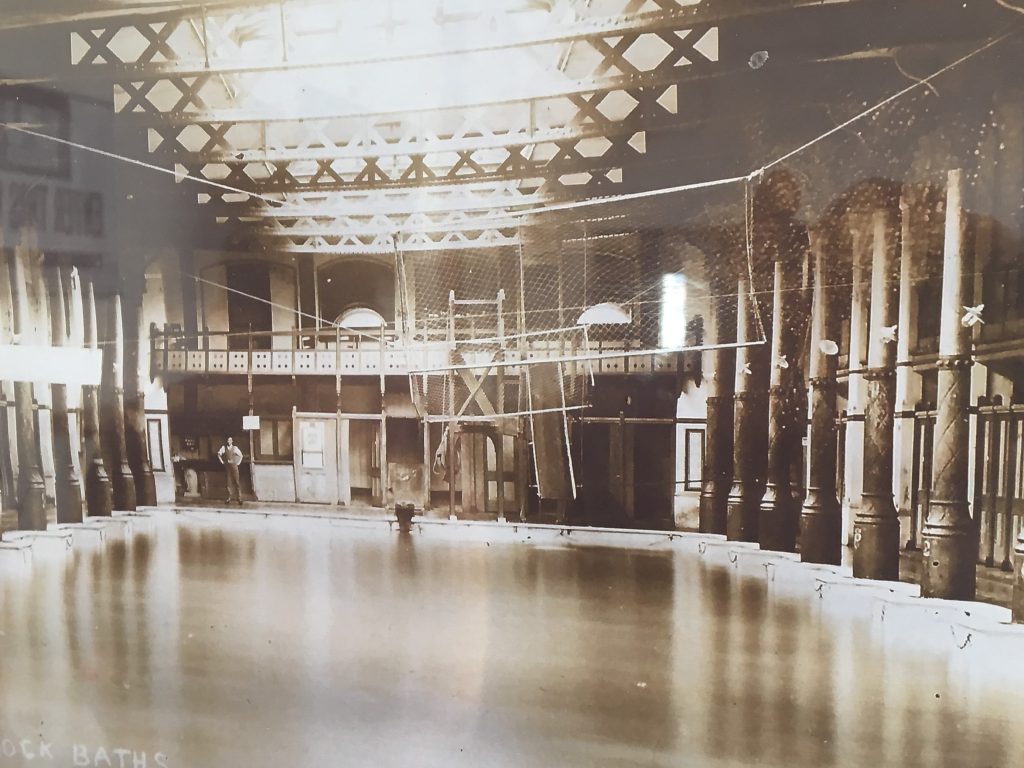

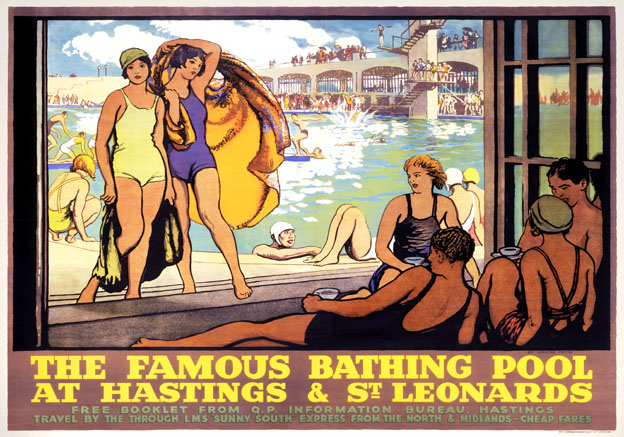

An enlightening story, odobill writes well